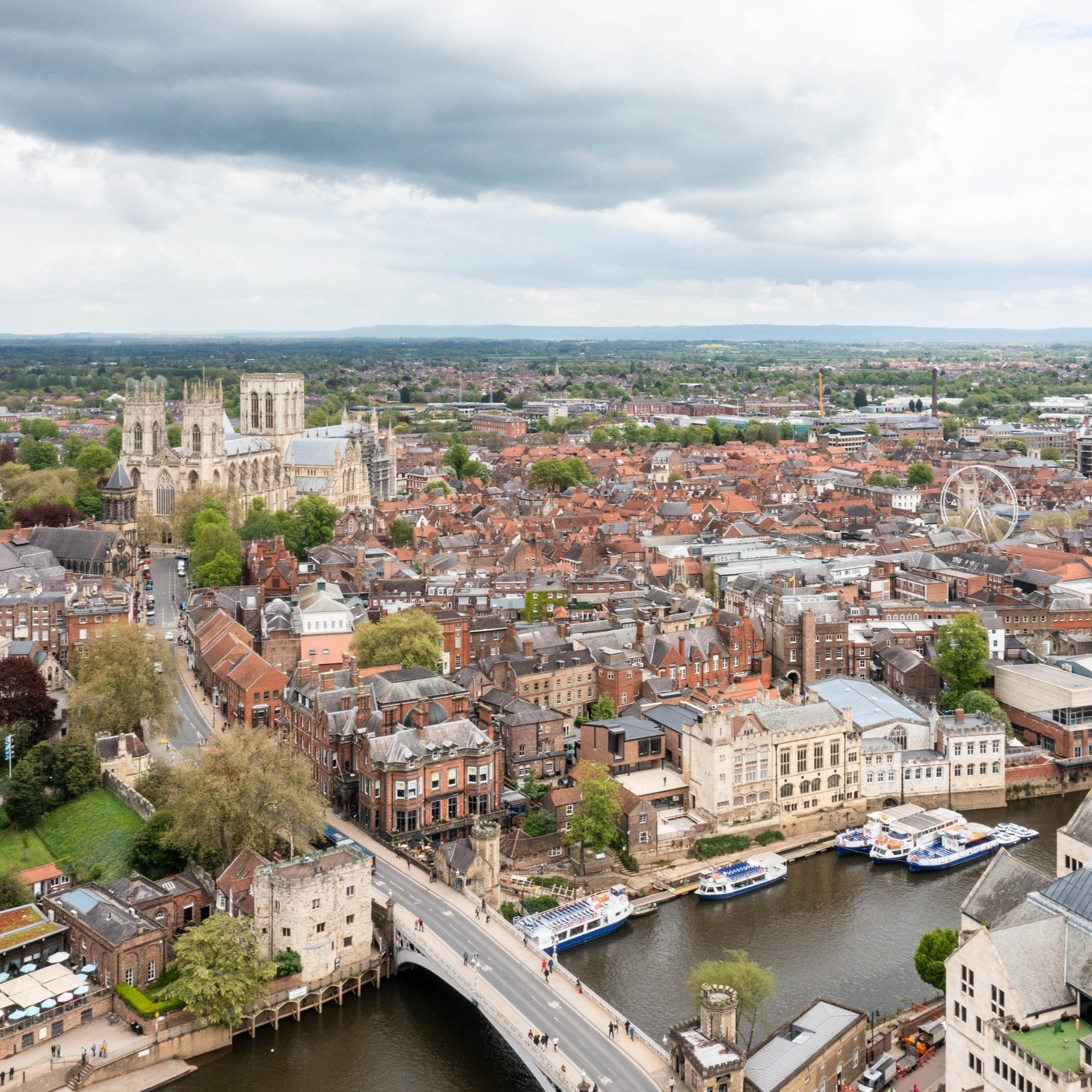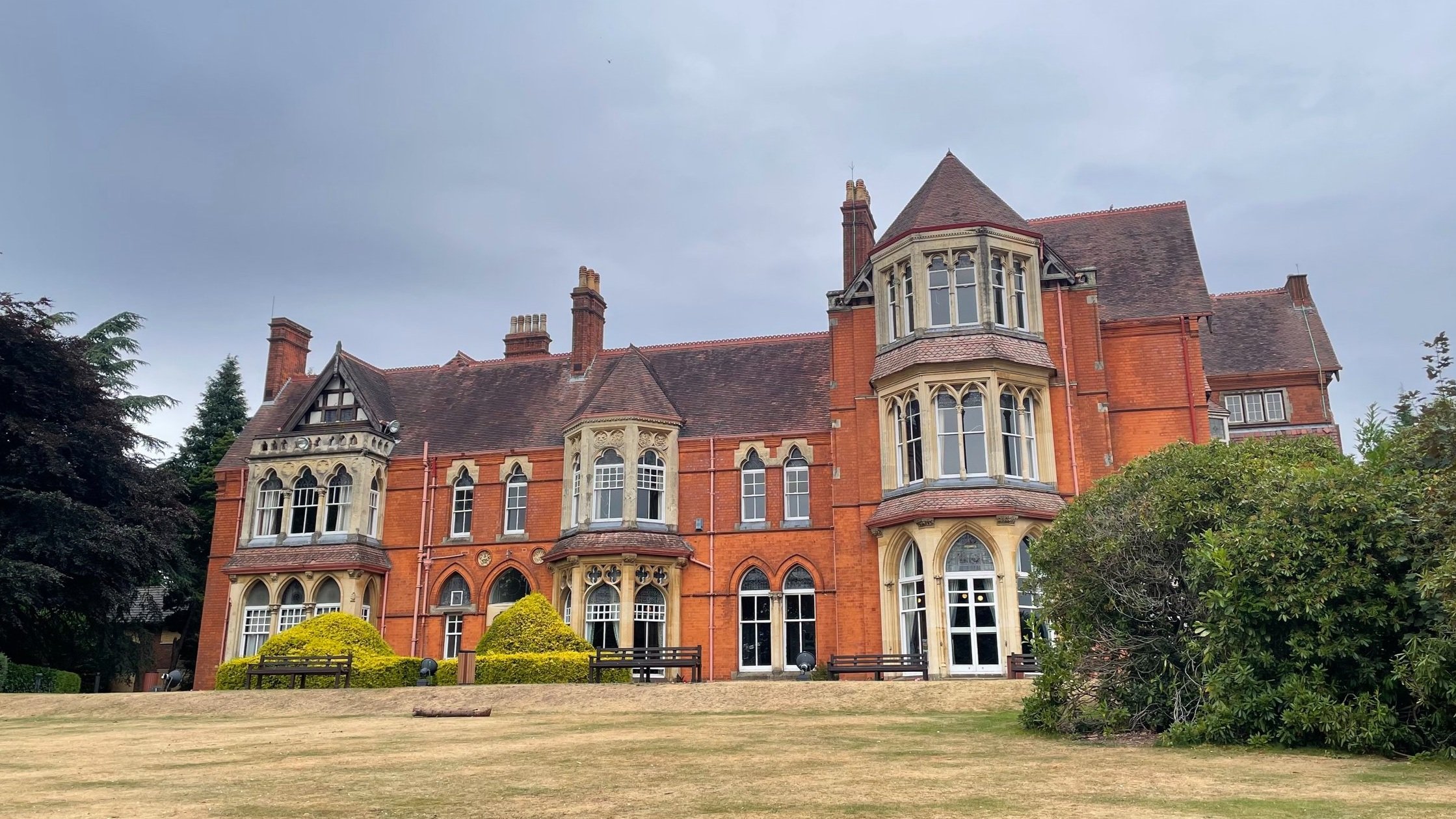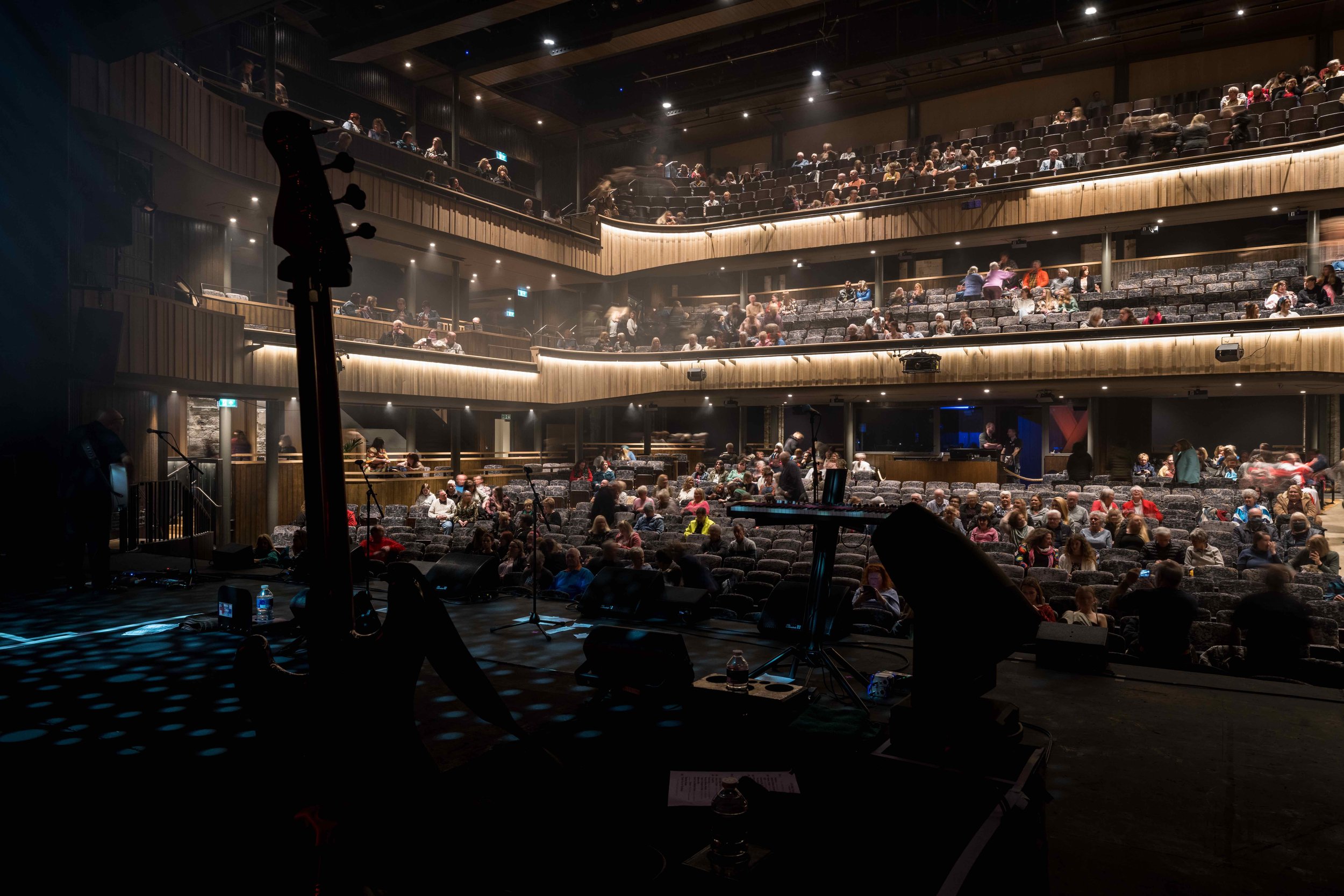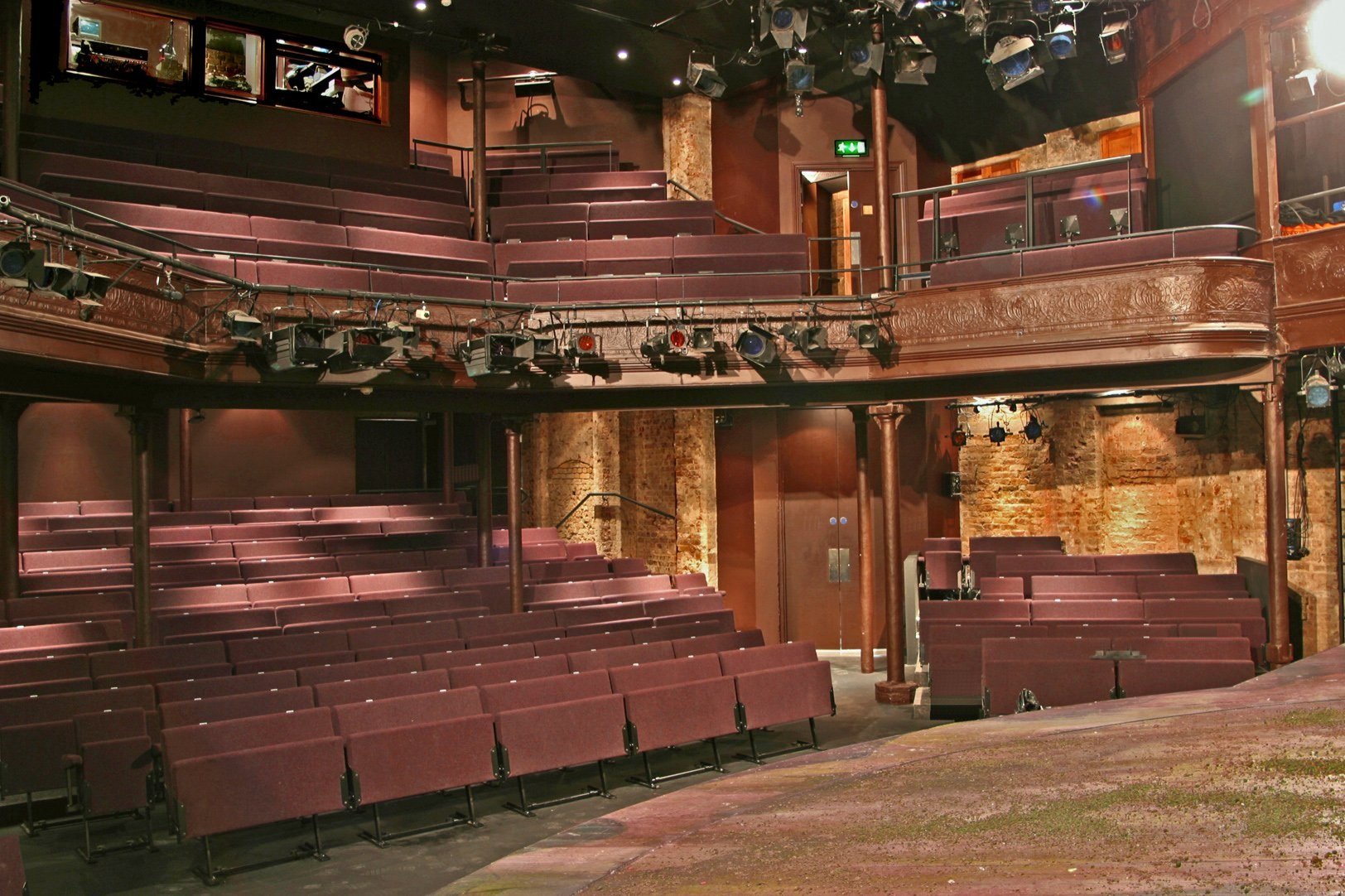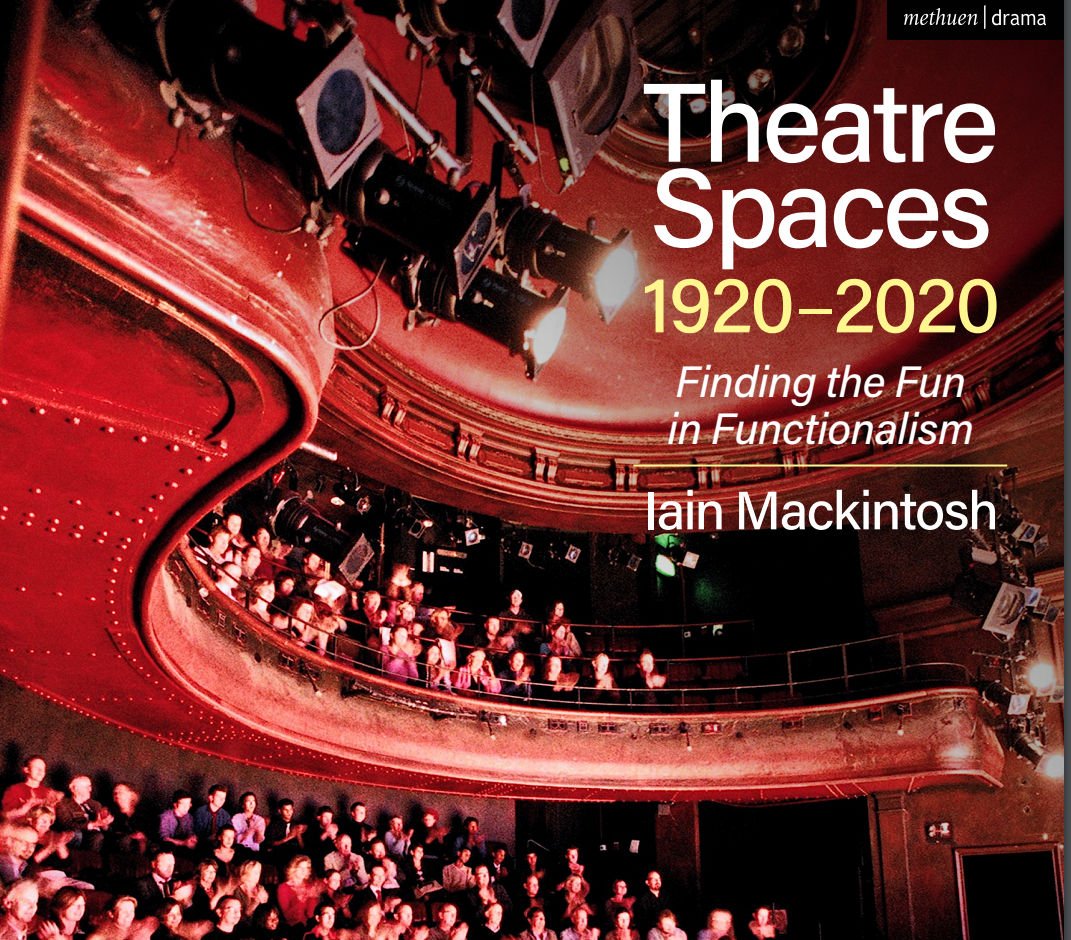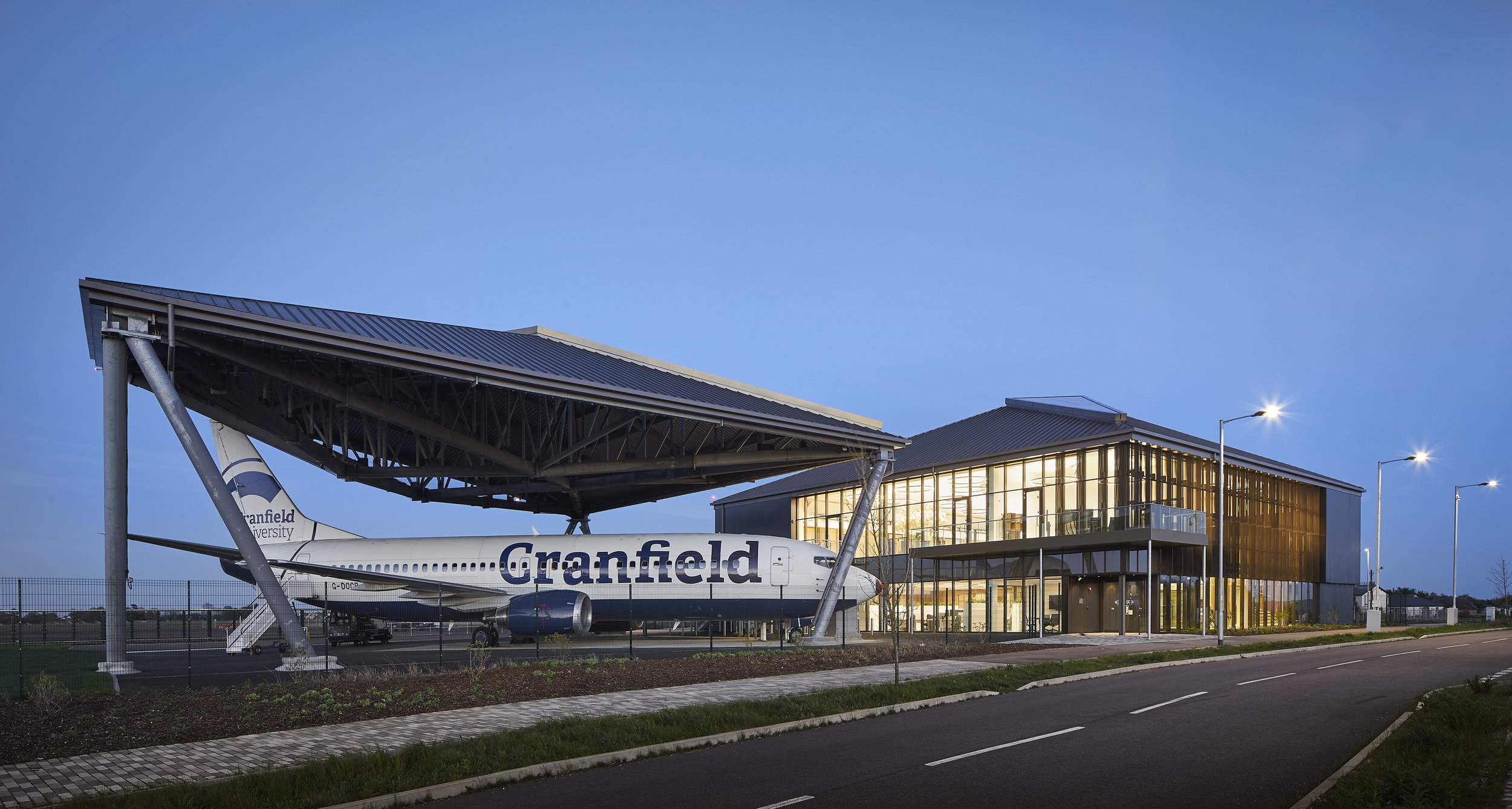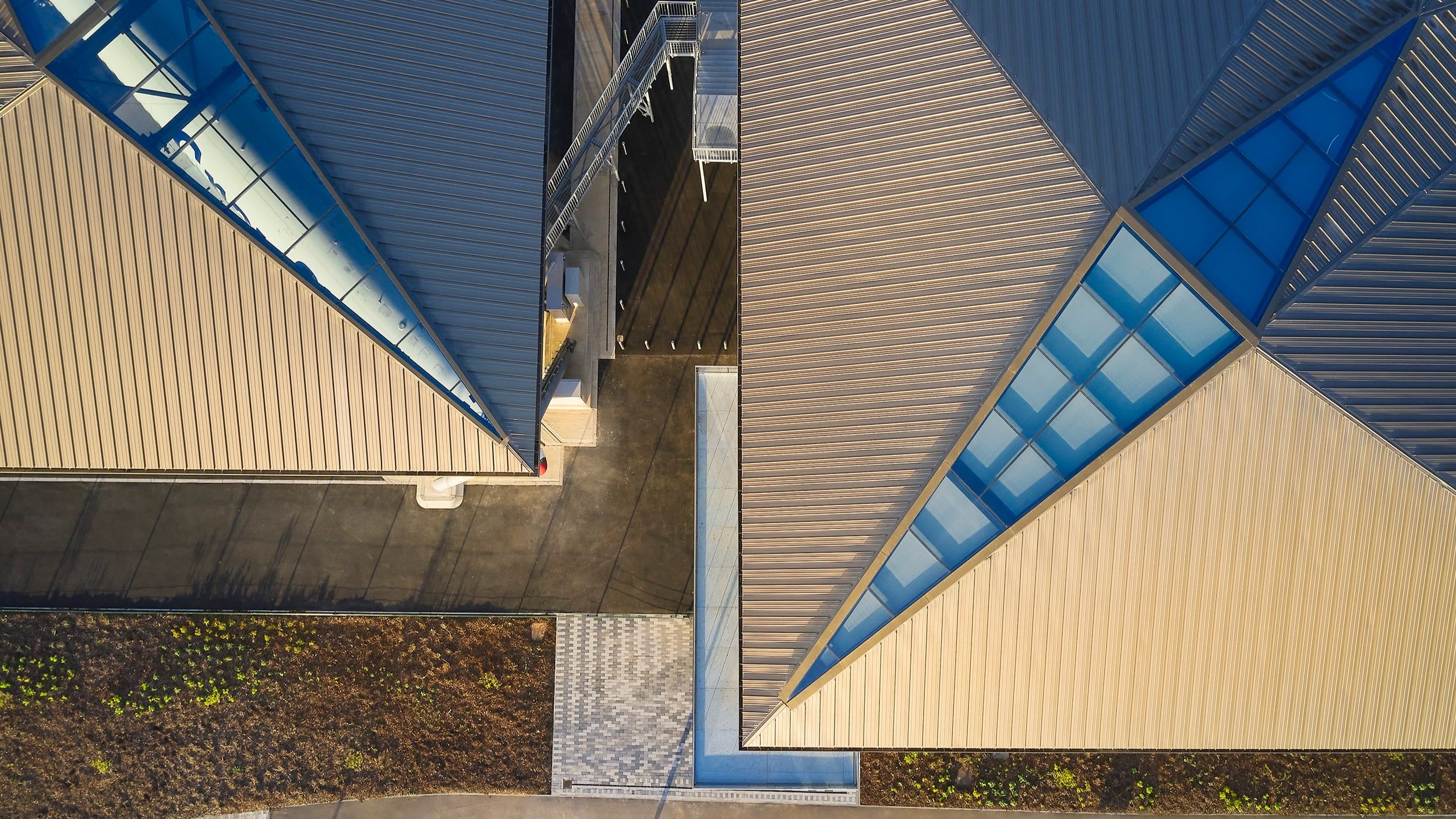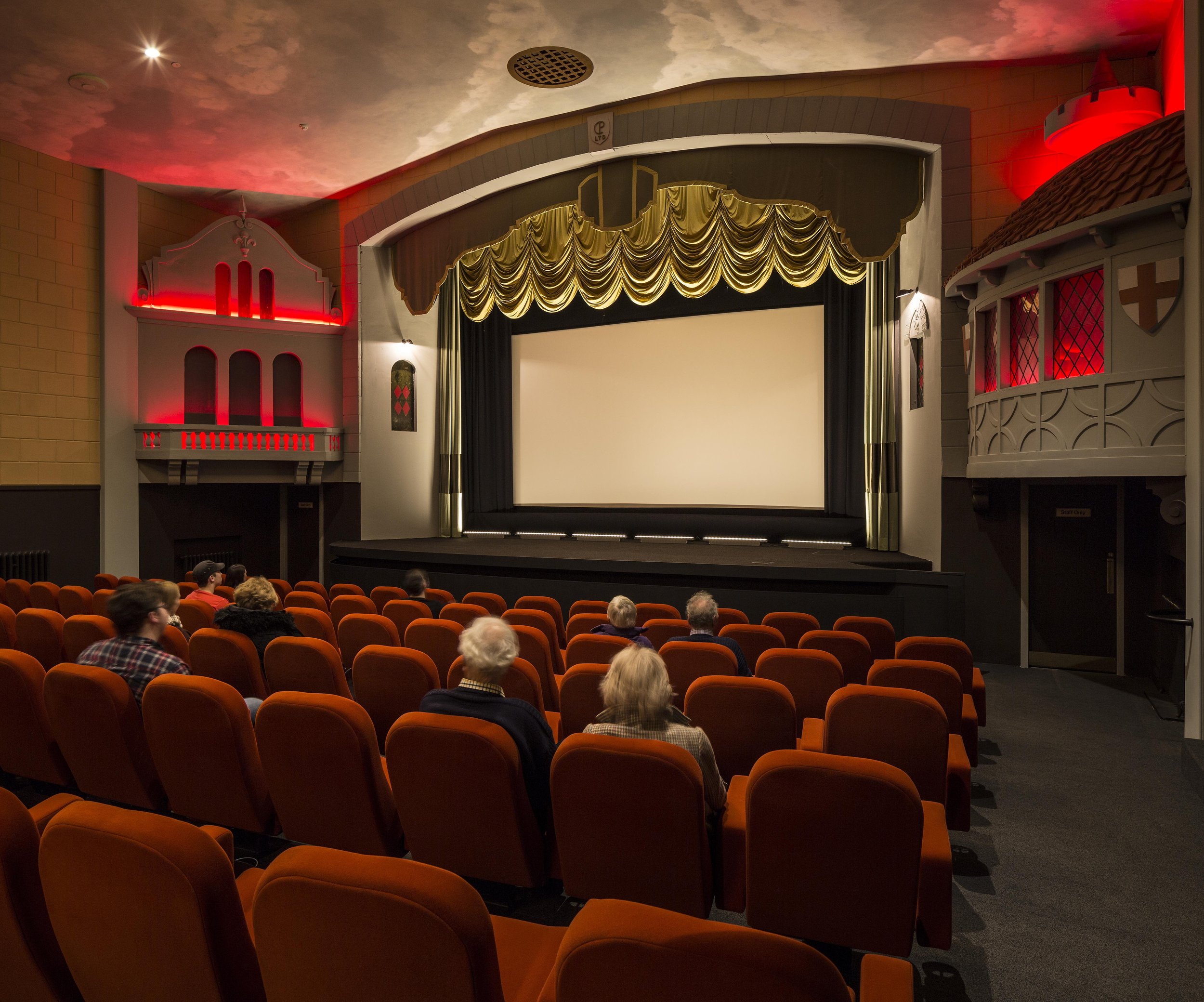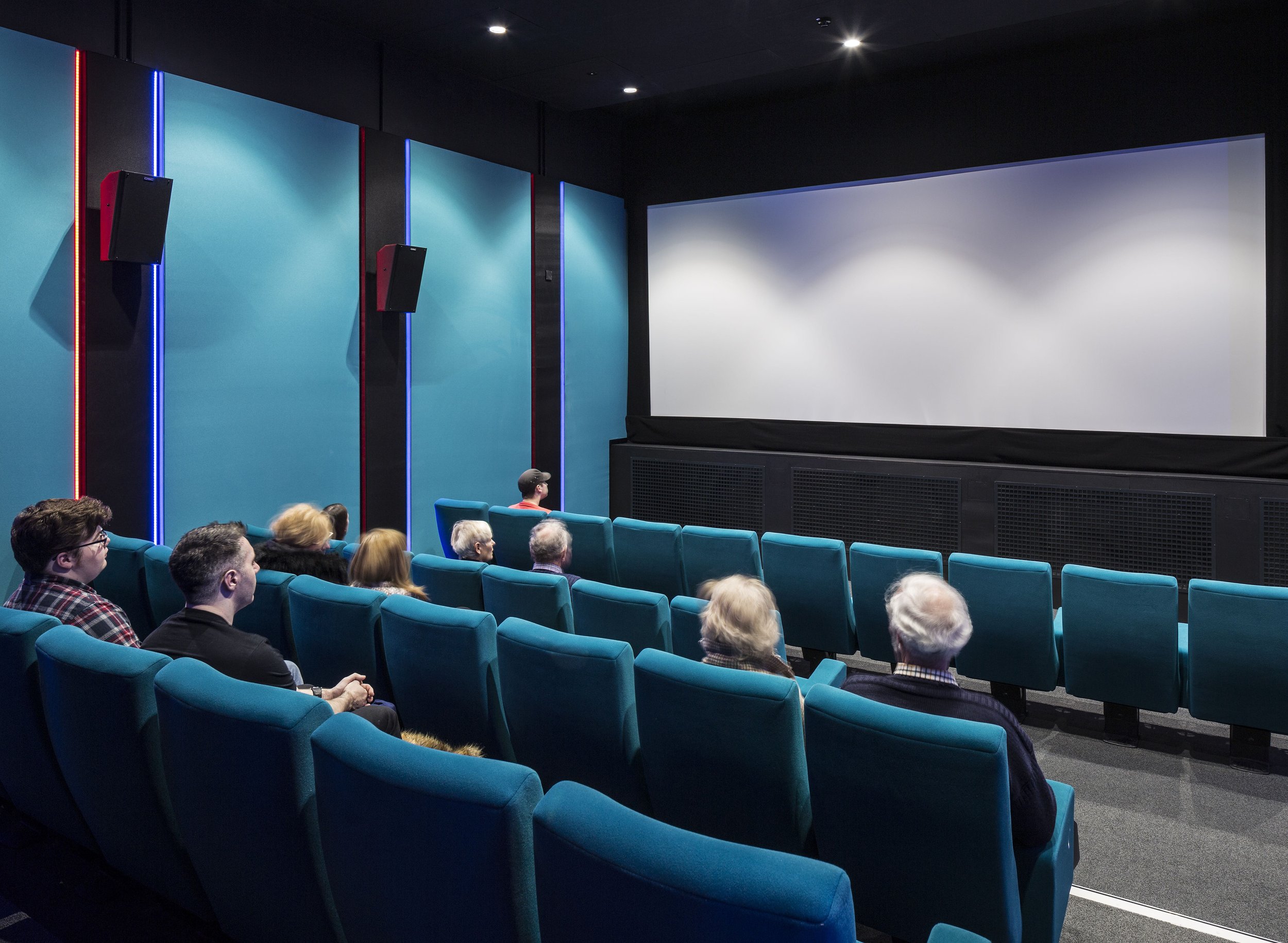The Refurbishment and Remodelling of York Guildhall has been announced as a Regional Finalist in the 2024 Civic Trust AABC Conservation Awards.
Established in 2014, the awards recognise projects which demonstrate the highest standards of historic building conservation. Regional Finalists are schemes which have demonstrated a significant standard of historic building conservation in their region, contributing to the quality and appearance of the built environment, whilst being sustainable, accessible, and providing a positive civic contribution.
The Guildhall complex is owned by City of York Council and is made up of Grade I, II* and II listed buildings built around a large 15th-century Guildhall. The refurbishment and remodelling provides a world class venue, supporting and nurturing the expansion of York’s vibrant businesses; combining events and exhibition space, with supporting café and restaurant offers, with state-of-the-art collaboration and co-working facilities in the heart of a historic and creative city, and securing an economically viable and sustainable future for one of its most iconic buildings.
The main hall suffered significant bomb damage during the second world war and since its reopening in 1960 had received only reactive repairs, putting the building at risk. The project has delivered a comprehensive (once in 100 years) refurbishment of one of York’s most prestigious and historically significant buildings, together with new build interventions as necessary to re-purpose the complex for its new use. Best practice conservation principles have been adopted, enhancing and better revealing the significance of the heritage assets, whilst incorporating modern servicing and amenity requirements. A Water Source Heat Pump provides sustainable green energy from the adjacent River Ouse, significantly reducing carbon emissions.
The works were completed successfully despite the challenges of the covid-19 pandemic and significant engineering challenges given the buildings unique location and heritage. Extensive archaeology was undertaken due to the discovery of an old Friary and six bodies during construction. The River Ouse was used to transport equipment and materials to site to avoid construction traffic in York’s narrow historic city centre streets.
The University of York, through York Science Park Ltd, a partnership between the University and City of York Council, has taken a long-term lease on the historic buildings, to create a hub for business, enterprise and events. The new space will enable the University to bring the innovation and support it offers to local business and enterprise into the heart of York, driving inclusive and sustainable growth in the City as it recovers from the pandemic.
Regional Finalists will now be considered by the AABC Conservation Awards National Judging Panel for a National Conservation Award or be Highly Commended. National AABC Conservation Awards and Highly Commended winners will be announced at the annual Civic Trust Awards Ceremony in March.


